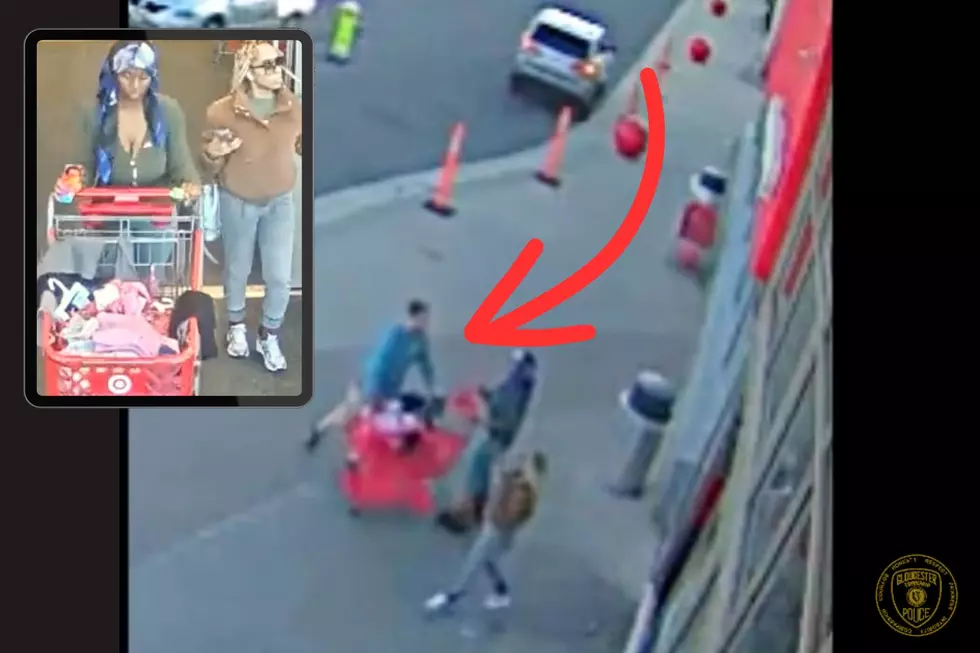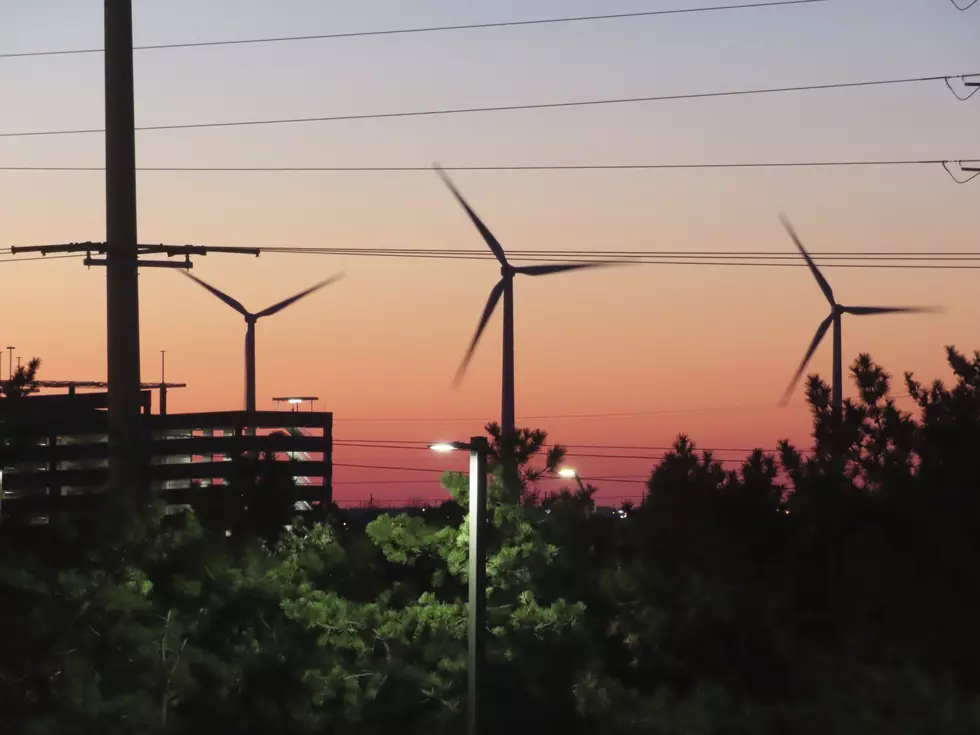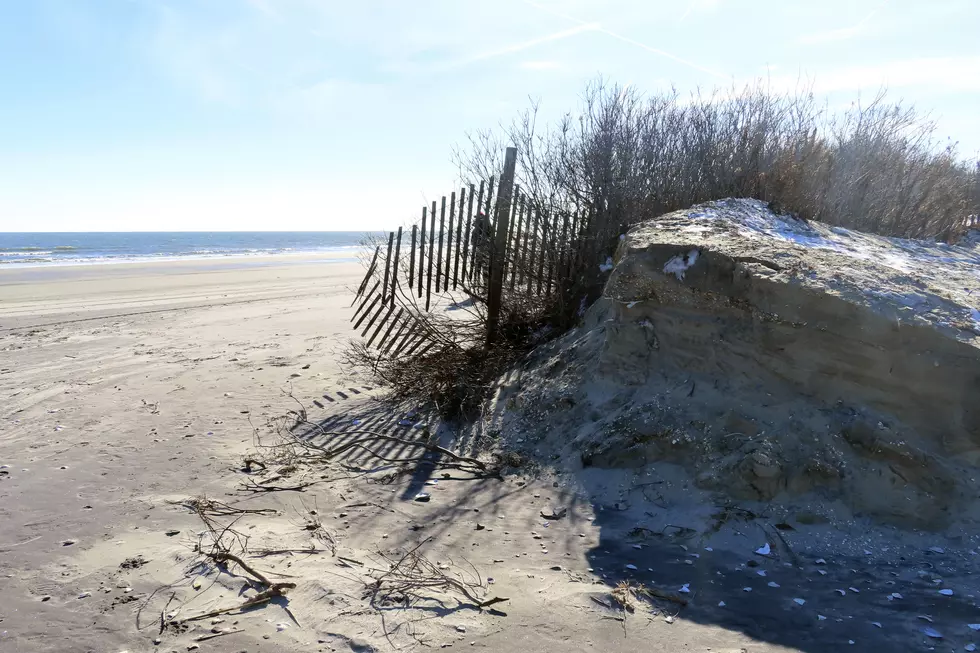
Train Wreck – Truck driver in train crash wasn’t stuck on tracks
OXNARD, Calif. (AP) -- Federal investigators say were trying to determine why a pickup truck driver drove on to tracks and abandoned his truck, leading to a train crash that left three cars derailed and dozens injured in Southern California.
"It was not stuck, it was not bottomed out on the track or something like that," National Transportation Safety Board member Robert Sumwalt said at a media briefing late Tuesday at the crash site in Oxnard. Officials had said immediately after the crash that the driver got stuck on the tracks.
"We're very concerned about that, we're very interested in it," he said.
The badly wrecked truck's emergency brake was in the on position and its headlight switch was in the high-beams position after the pre-dawn crash, Sumwalt said.
Eight people were admitted to the hospital of the 30 people who were originally examined, officials said. Four were in critical condition, including the train's engineer.
The driver, Jose Alejandro Sanchez-Ramirez, 54, of Yuma, Arizona, was found 1.6 miles away and 45 minutes later, said Jason Benites, an assistant chief of the Oxnard Police Department.
Police said they tested Sanchez-Ramirez for drugs and alcohol but they would not discuss the results.
He was briefly hospitalized then arrested Tuesday afternoon on suspicion of felony hit-and-run, Benites said.
His Ford F-450 pickup was pushed some 300 feet down the tracks and ended up on the other side of the rail crossing, Sumwalt said.
The truck was badly wrecked, but investigators said the engine was intact may give clues as to what happened.
Sumwalt said his team had already recovered video and data recorders from the train and were sending them to Washington for analysis.
The federal agency doesn't always investigate grade crossings, especially those with no fatalities, but this one was unusual enough to warrant it, Sumwalt said.
"It's not your typical grade crossing accident," he said.
Passenger Joel Bingham, a railroad aficionado and frequent passenger, said many of those aboard the train were asleep and shocked awake when the loud boom first happened.
"It seemed like an eternity while we were flying around the train. Everything was flying," Bingham said. "A brush of death definitely came over me."
Bingham said the lights went out when the train fell over. He was banged up from head to toe but managed to find an escape for himself and others, many of whom had been asleep when the crash happened.
"I was just shaking," he said. "I opened the window and told everybody, `Come to my voice.'"
Lives were likely saved by passenger cars designed to absorb a crash, Metrolink officials said. They were purchased after a deadly collision a decade ago. The four passenger cars remained largely intact, as did the locomotive.
The NTSB planned to examine the effectiveness of those cars, Sumwalt said.
The crossing where the crash happened has been the scene of many collisions over the years.
The train, the first of the morning on the Ventura route, had just left its second stop of Oxnard on its way to downtown Los Angeles, about 65 miles away, when it struck the truck around 5:45 a.m.
The engineer saw the abandoned vehicle and hit the brakes but there wasn't enough time to stop, Oxnard Fire Battalion Chief Sergio Martinez said.
One patient described how he had been working on his laptop and a moment later there was a sudden jerking motion that happened so quickly he wasn't able to grab hold of anything, said Dr. Bryan Wong, chief medical officer at Ventura County Medical Center. He was violently tossed against a wall of the train.
The train typically would be accelerating out of the Oxnard station past verdant farm fields at about 55 mph, Metrolink spokesman Scott Johnson said. With braking, he estimated it would have hit the truck at between 40 mph and 55 mph.
After such a crash killed 11 people and injured 180 others in Glendale in 2005, Metrolink invested heavily to buy passenger cars with collapsible bumpers and other features to absorb impact.
Metrolink spokesman Jeff Lustgarten said the Oxnard crash showed the technology worked.
"Safe to say it would have been much worse without it," he said.
There have been six accidents at the crossing in the past seven years, including one in which a driver accidently turned onto the tracks in 2010 and was struck by a Metrolink train and injured, according to federal railroad accident reports. Two people were killed at the crossing last year when a car struck an Amtrak train.
The accident happened on the same line as Metrolink's worst disaster when 25 people were killed Sept. 12, 2008. A commuter train engineer was texting and ran a red light, striking a Union Pacific freight train head-on in the San Fernando Valley community of Chatsworth. More than 100 people were hurt in what was one of the worst railroad accidents in U.S. history.
(© 2015 The Associated Press. All rights reserved. This material may not be published, broadcast, rewritten or redistributed)
More From New Jersey 101.5 FM









